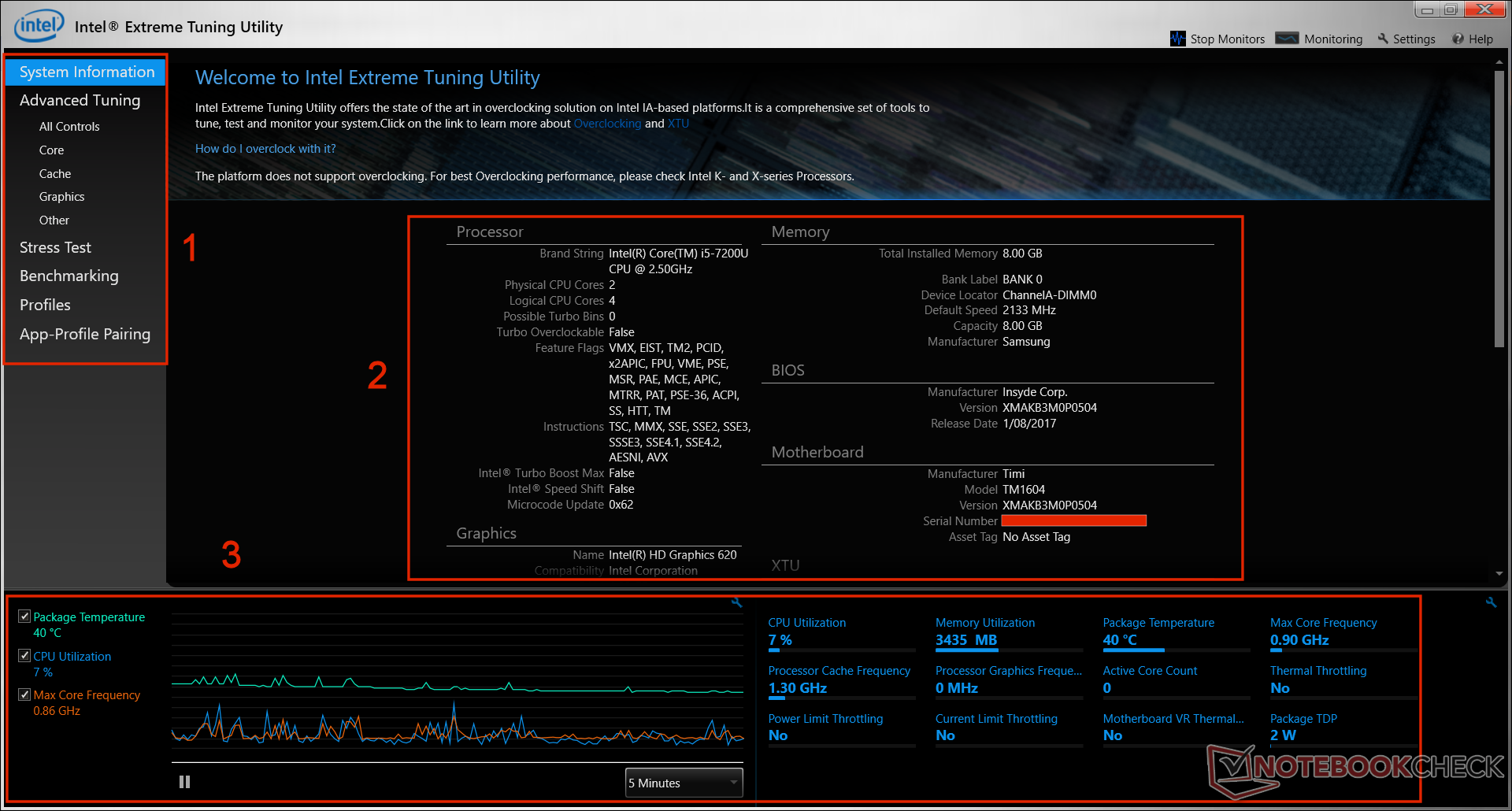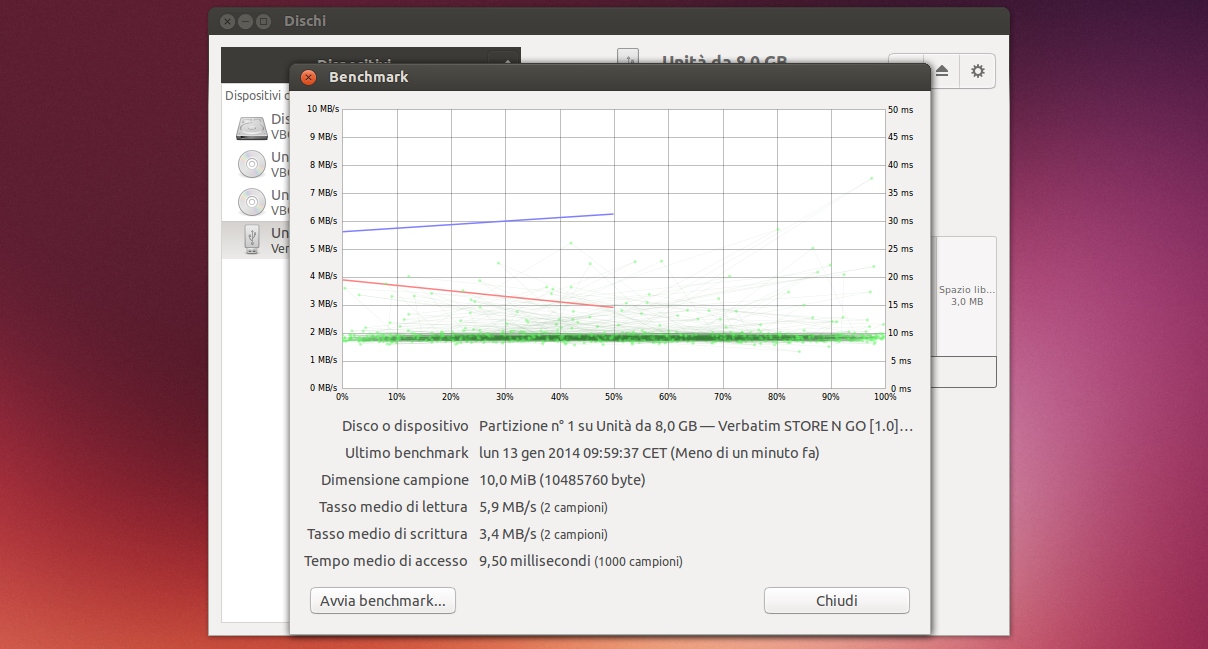
You likely won’t damage your CPU by adjusting other settings due to built-in safety features, but unless you know exactly what these settings do and how they will impact your CPU, sticking with those three fundamentals might be best. The Advanced Tuning section provides many settings you can experiment with, but if you’re new to overclocking, the primary settings to focus on are the Processor Core Ratio, Processor Cache Ratio, and potentially the Core Voltage. This means that if you set the Vcore to 1.1V, and then add an offset of +0.2V, you will be effectively applying a Vcore of 1.3 volts.


For a CPU to run at faster speeds, it might require more power in order to remain stable, which is where adjusting the Vcore becomes important. Ħ-14:59:58.1609|!ERR] Failed to load persisted platform setting valuesĦ-14:59:58.1659|!ERR] System.InvalidOperationException: Sequence contains no elementsĪt (IEnumerable`1 source)Īt section allows you to adjust the Vcore (Core Voltage). I don't know if this explains the benchmark failure, but it must be related in some way.Ħ-14:59:57.3029|INFO] Loading Application Persistence settings from file C:\ProgramData\Intel\Intel Extreme Tuning Utility\PerformanceSettings.sdf with hardware key of "Intel(R) Xeon(R) CPU X3470 2.93GHz"Ħ-14:59:57.3969|!ERR] Exception opening database: C:\ProgramData\Intel\Intel Extreme Tuning Utility\PerformanceSettings.sdfĦ-14:59:57.3969|!ERR] The database file cannot be found.

Apparently IETU is sensitive to the underlying link which it should not be. C:\ProgramData is a hard link to D:\ProgramData. However the file does exist at D:\ProgramData.

I found the following in one of the logs.


 0 kommentar(er)
0 kommentar(er)
